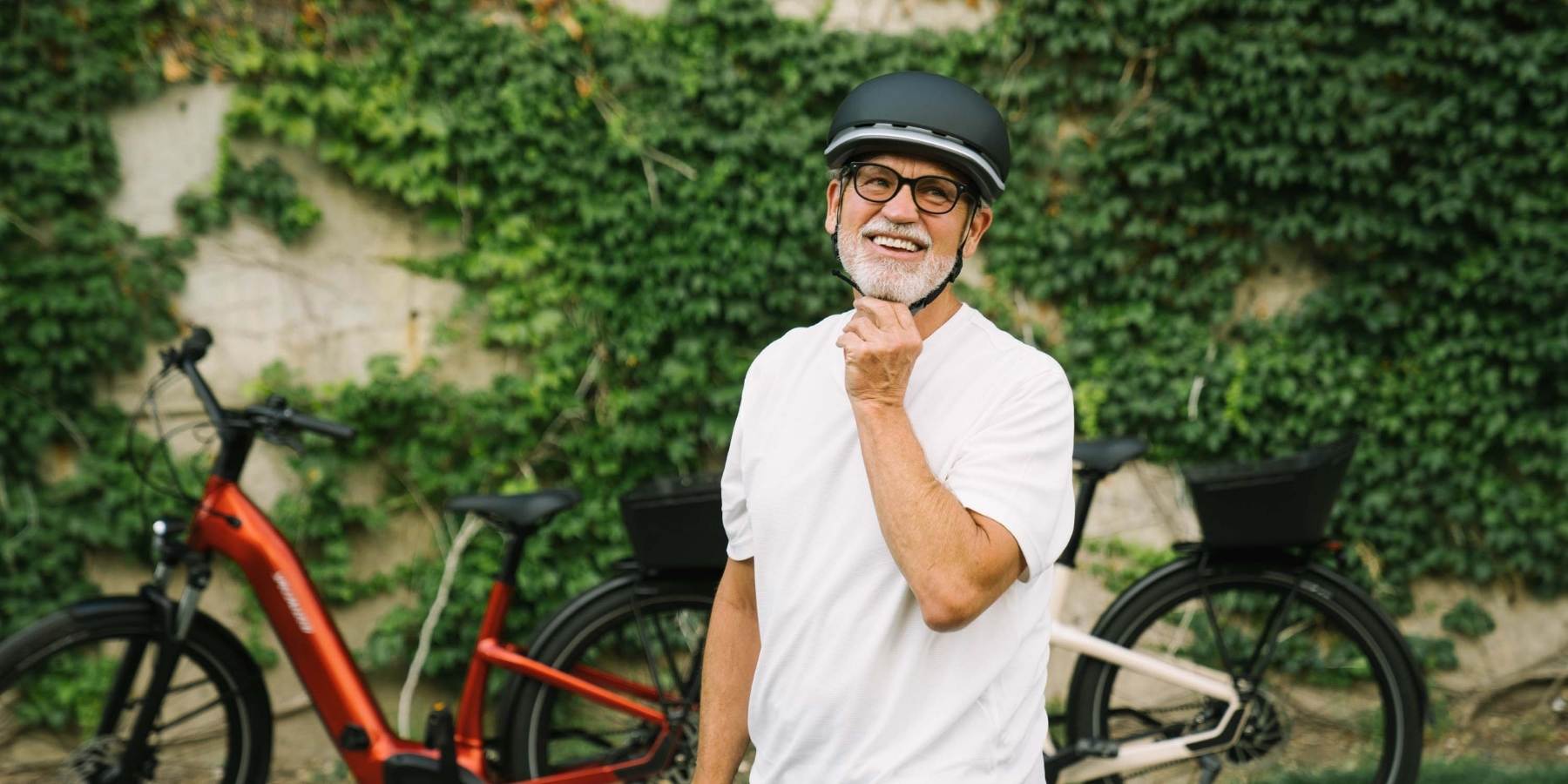
Your Guide To Helmets
There are so many helmets out there, but what makes a helmet great? Well, it''s Fit, Riding Style, Ventilation, and Safety Features.
types of helmets
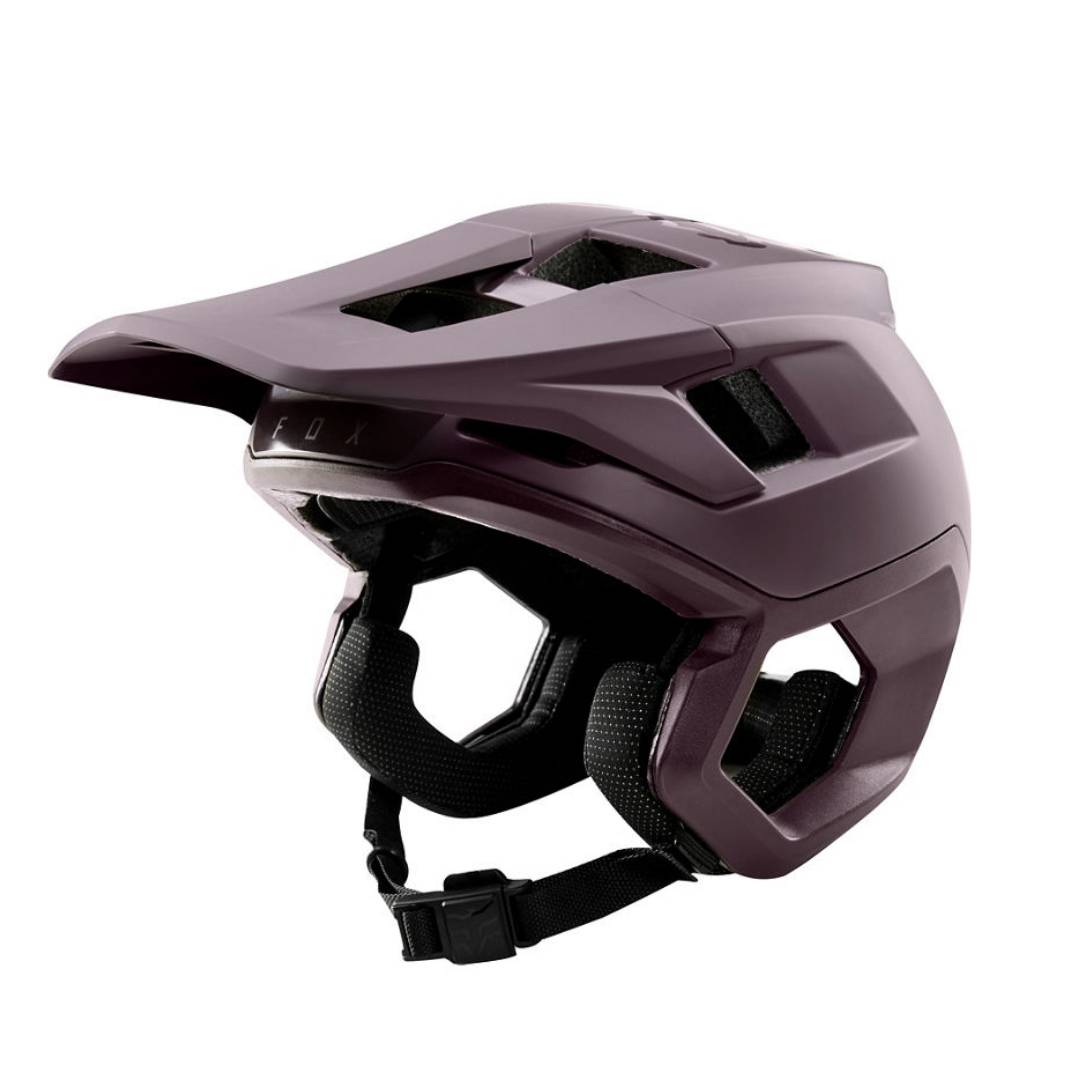
Mountain
Mountain bike helmets provide extra coverage to protect against your fall no matter what angle it’s from. These helmets typically have a visor at the front to help against the sun and glares.
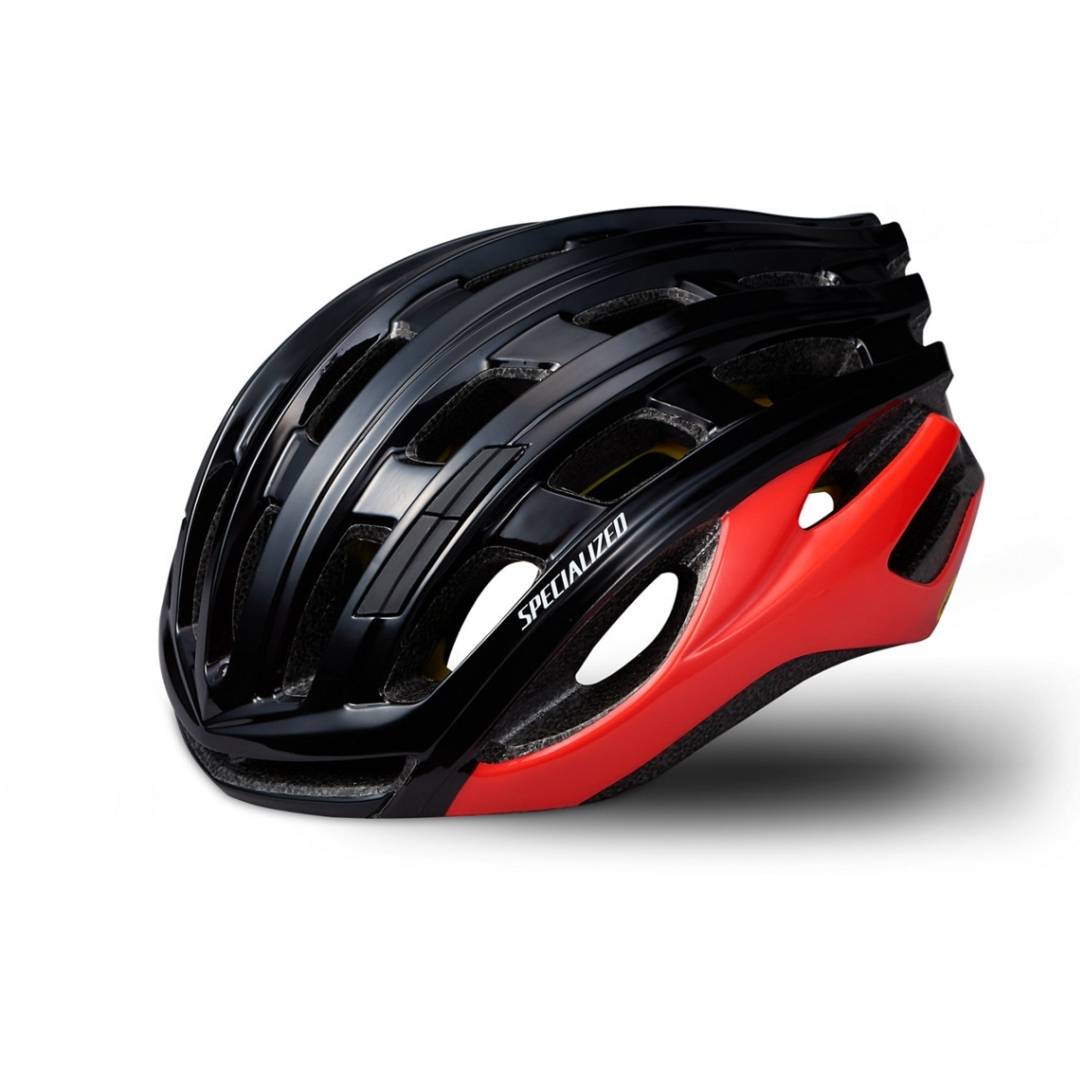
Road
Road helmets are all about being light and airy. Most crashes on the road actually occur to the front of a rider so the coverage of a road helmet is mainly in the front and sides. You want your road helmet to be light but still provide a lot of ventilation.
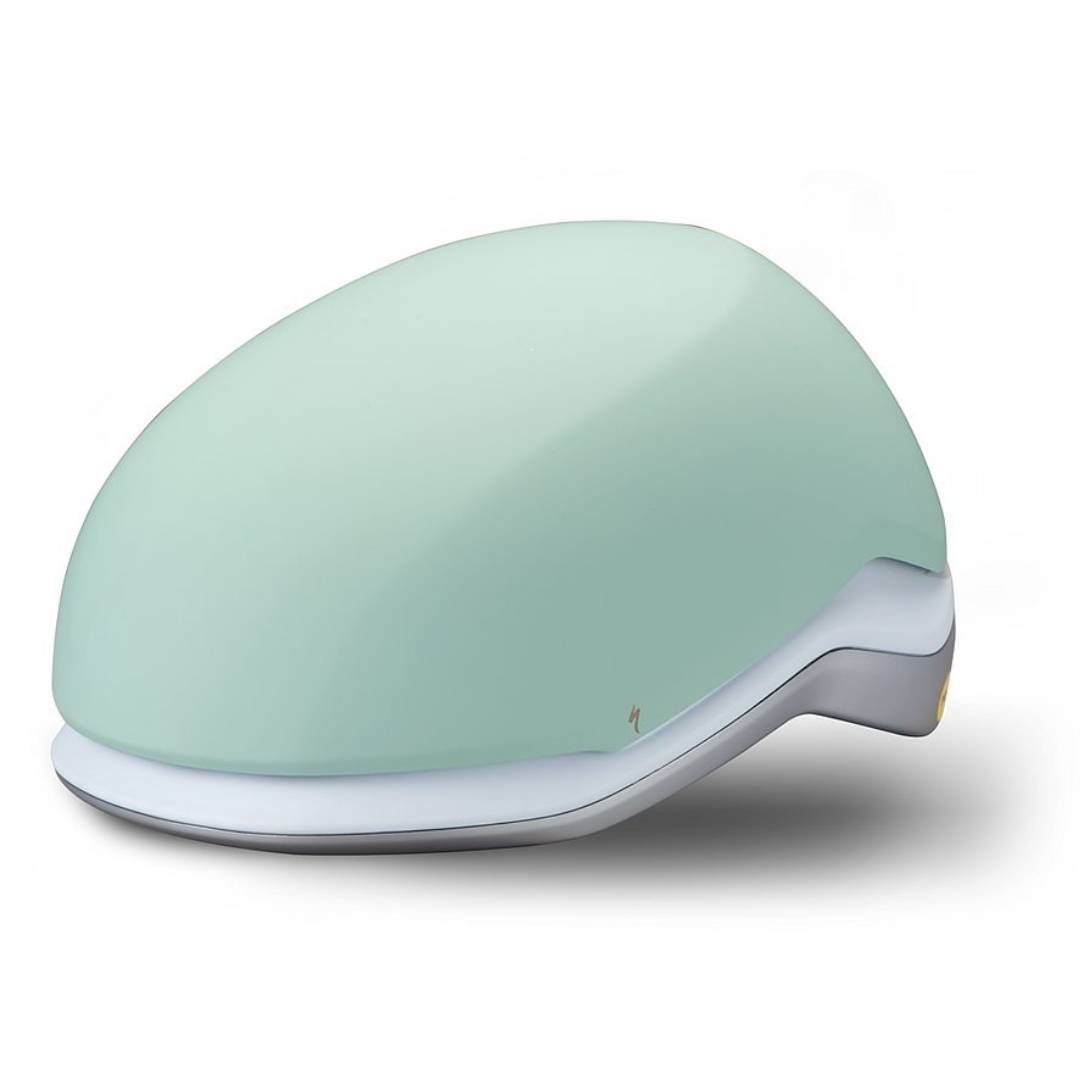
commuting
Commuter helmets are usually pretty basic as commuters aren’t often going high speeds or down trails with large amounts of rocks. Because of this, these helmets usually have fewer vents and are more styled than mountain or road helmets.
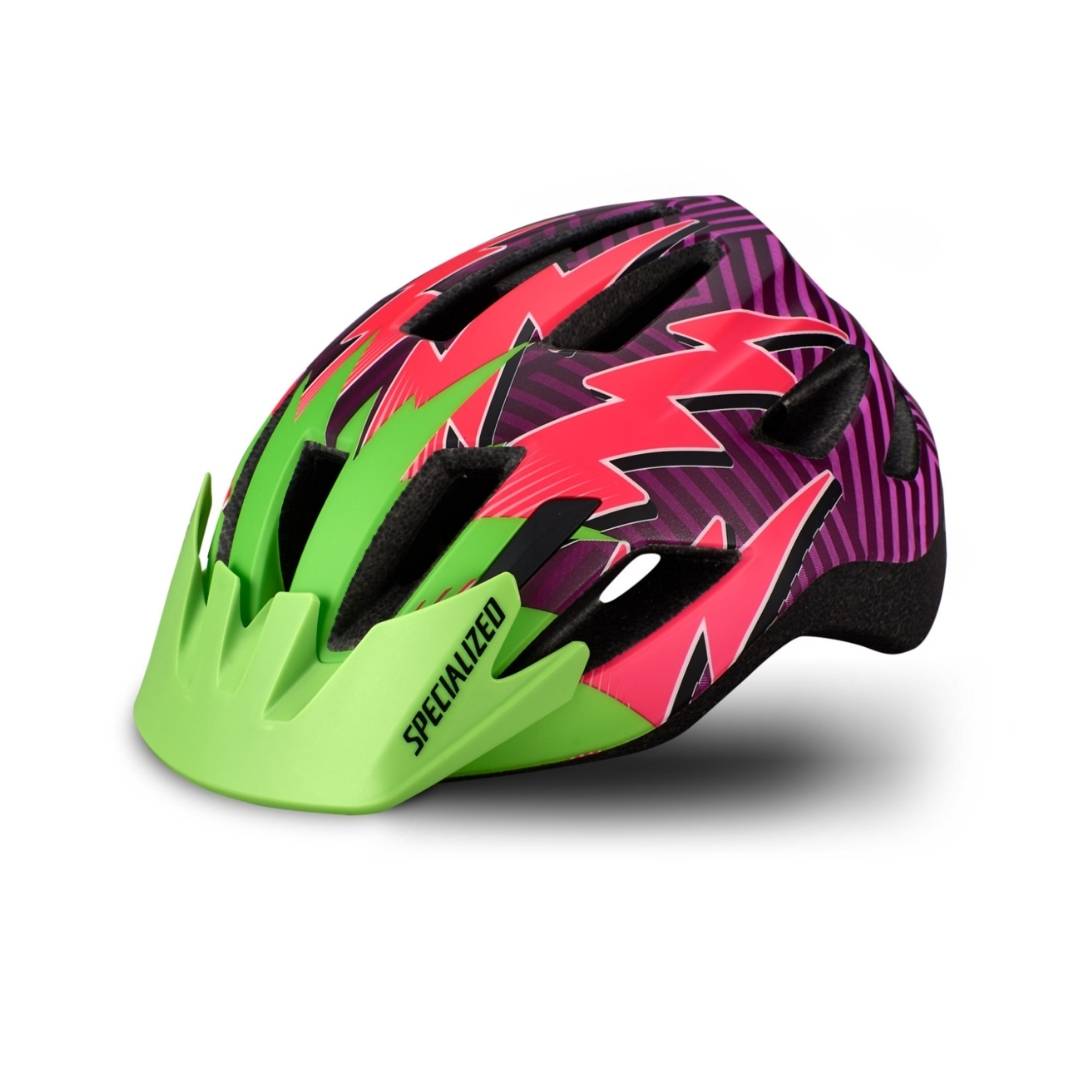
kids
Kids helmets are basically miniature version of adult helmets. One of the most important things to remember when buying a kids helmet is to never go by the phrase “they’ll grow into it”. An ill-fitting helmet won’t help them in a crash.
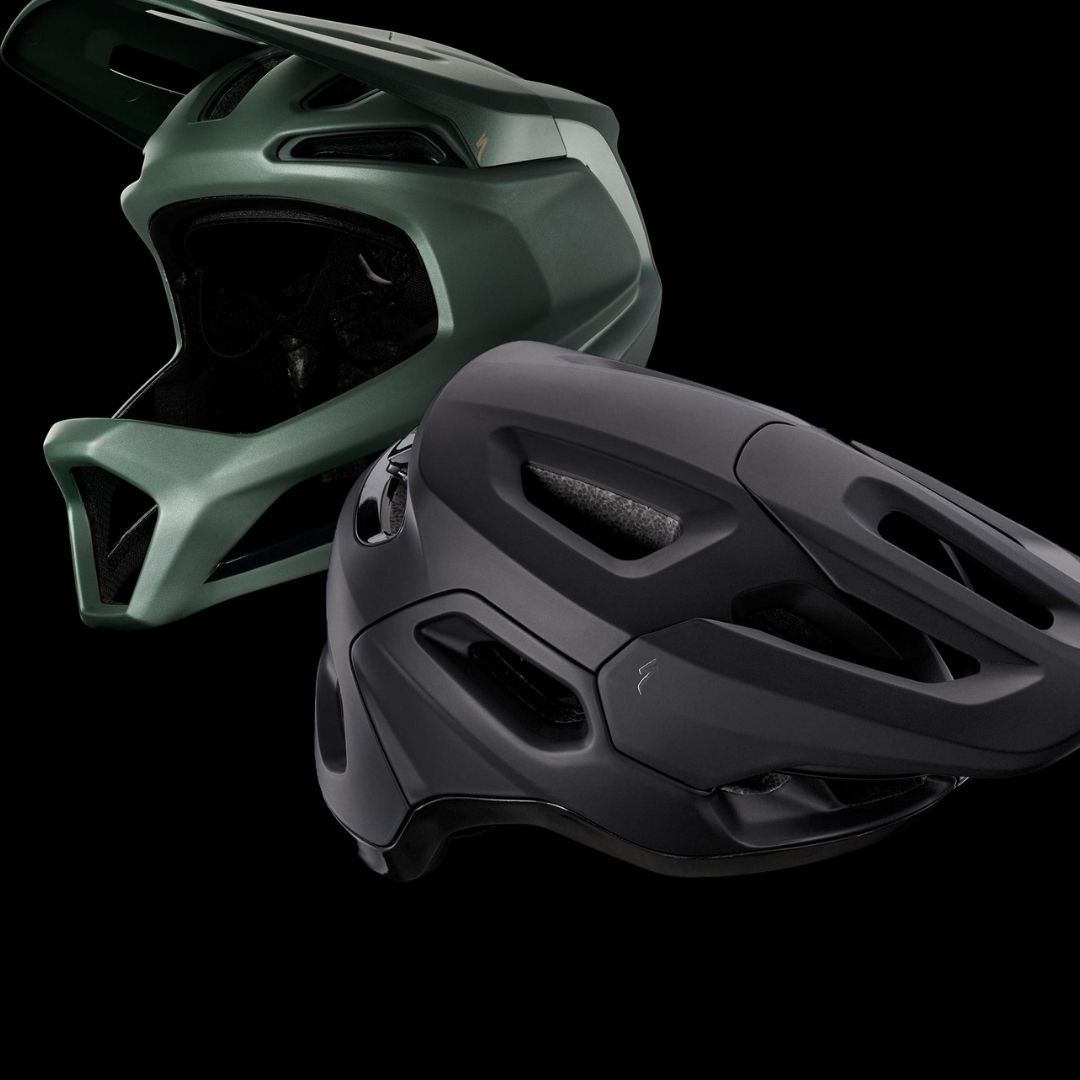
Fit
Most brands come in small, medium, and large sizes. Don’t forget that the sizing could differ between brands. For example, you might be a small in one helmet but a medium in another. If purchasing in store, a great way to find your helmet is to just try them on until you feel the one that feels best. For purchasing online, measure the widest part of your head, about 2cm above your brow line, and you should find your fit!
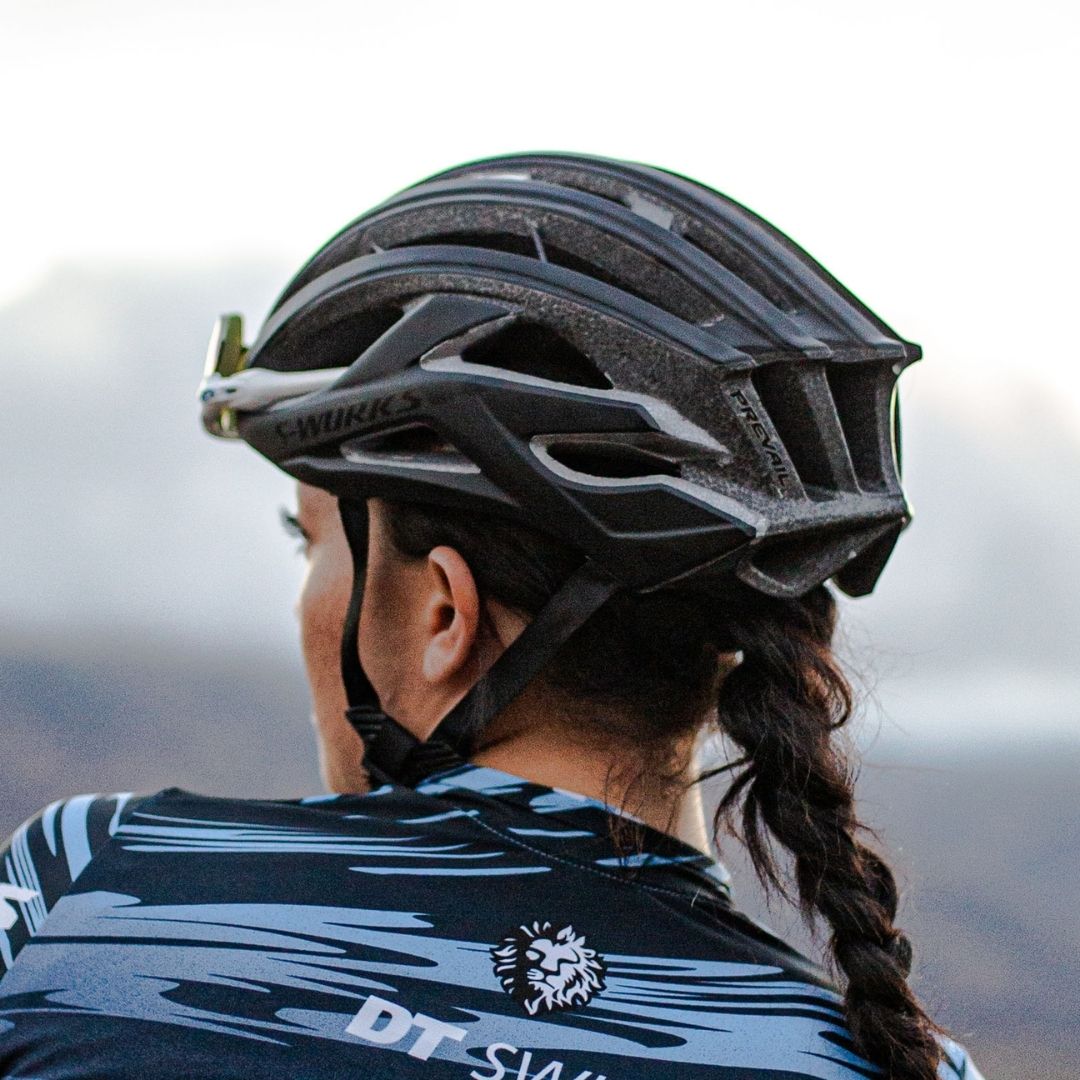
THE RETENTION SYSTEM
This is also known as the chin strap. Give yourself two fingers worth of space between your chin and the strap. You should be able to breath easily, talk, and even eat. If you can’t do any of these things, your chin strap is definitely too tight and will need to be loosened. Remember that while the retention system is great, it’s not the key to keeping your helmet on- that’s the job of the tightening mechanism.
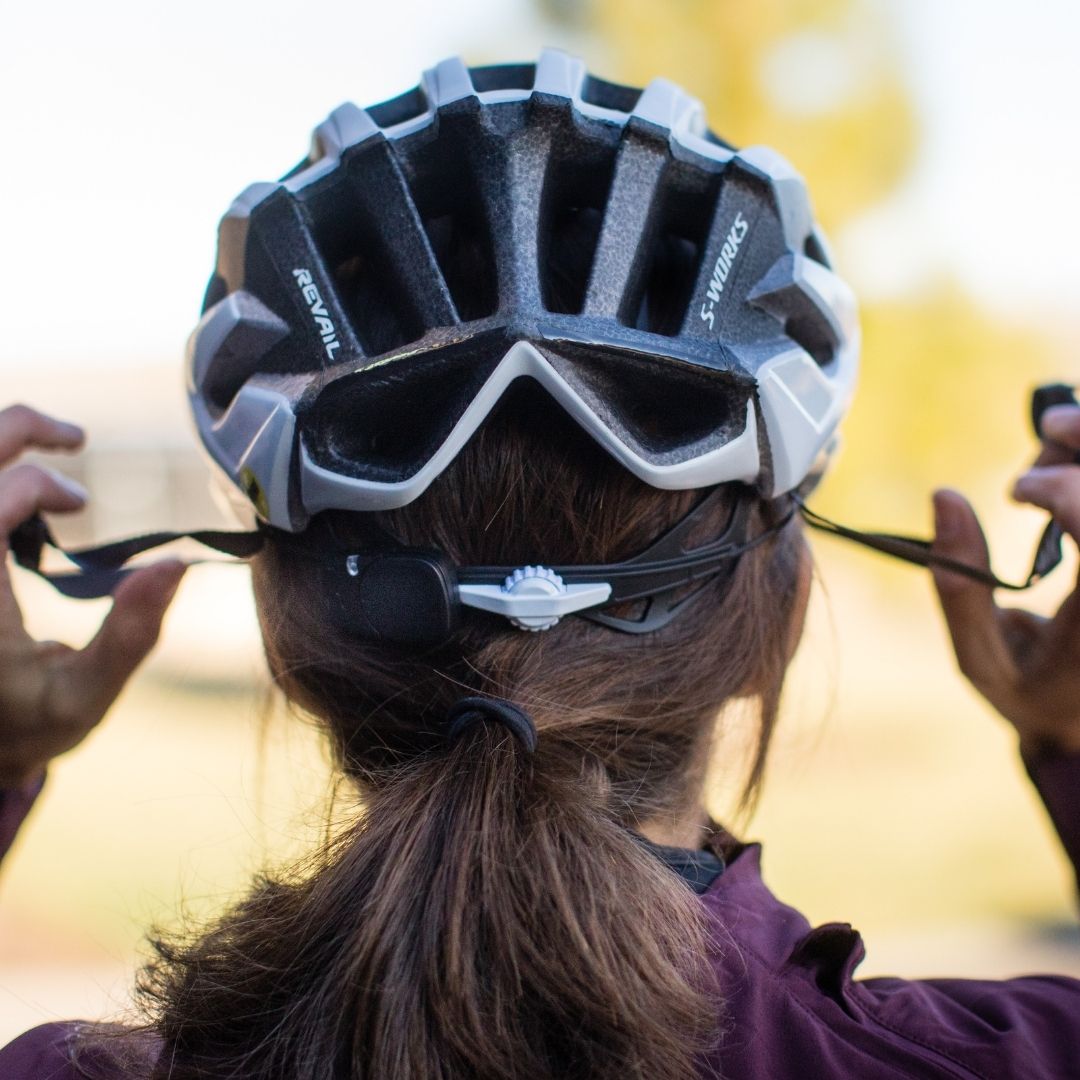
tightening system
You can usually find a turning knob on the back of your helmet. This controls an inner shell that tightens the helmet around your entire head. This is what keeps you snug inside your helmet and could easily save your life. Make sure that you still get the right sized helmet, even if you can tighten it. Don’t get a helmet that has to be all the way loose or tightened. If you’re doing that, you probably have the wrong size.
helpful tips for helmet fit:
If there are any uncomfortable pressure points when you put the helmet on, try a different one. It may be the wrong size or shape for you.
If you wear eyewear, try on your helmet with your glasses or sunglasses.
Helmets are diverse so make sure that you are not only choosing one that fits your head, but also your style!
Double check your helmet fit by wiggling your head around. If the helmet moves too much or your tightening system is maxed out, you probably need a different size.
Popular Features:
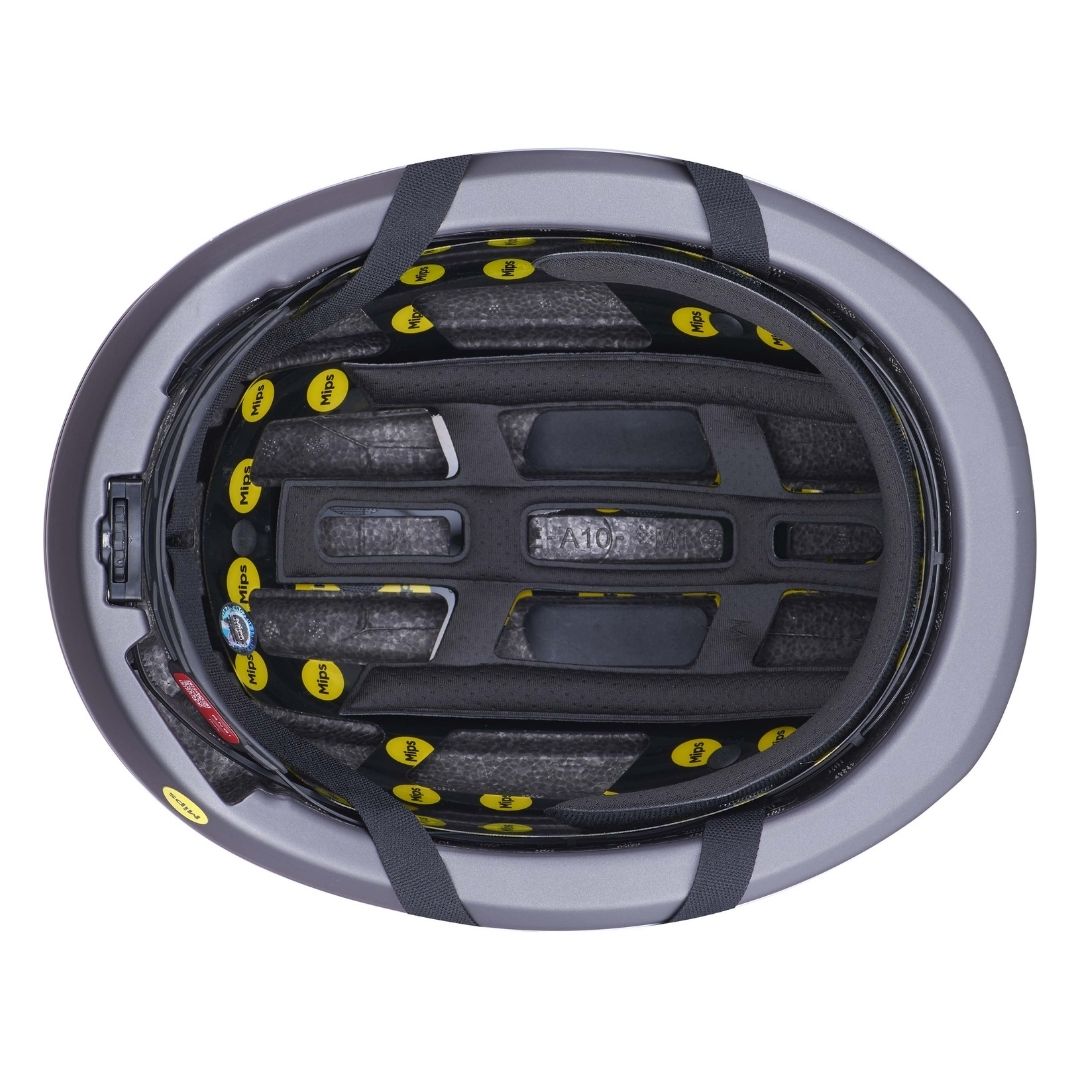
Mips
MIPS stands for Multi-directional Impact Protection System. MIPS are often yellow and are a low-friction layer that allows 10-15mm of relative motion to occur between the helmet and the head. This means that in the event of a crash, MIPS will reduce harmful motion and as a result, protect against brain injury. Remember, that while MIPS may reduce the chances or severity of a brain injury, it is always important to practice safe riding.
Want To Know More? Watch YouTube Video Here

VIsors
Visors are mainly found on mountain biking helmets. Why buy a helmet with a visor? Well, not only can a visor protect against the sun and glares but it can also help protect against outside elements such as low hanging tree branches. They can also help protect against rain and snow in the event that the weather turns while you’re riding. Note that some visors are built into the helmet and others are detachable.
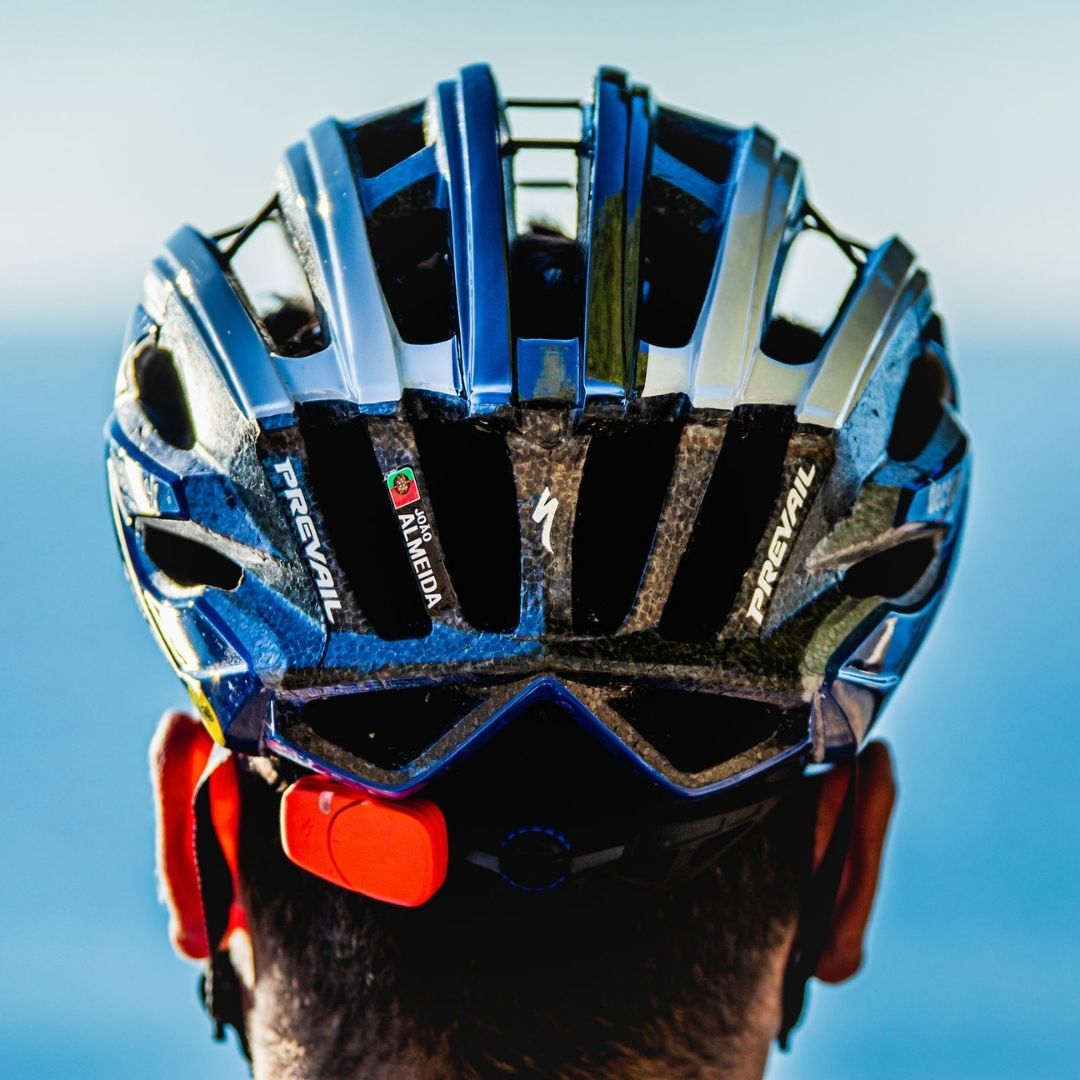
Crash sensors
Some helmets can even call for help through mounted sensors. For example, the Specialized ANGi sends an alert to your phone if it senses head impact. This will start a countdown and if it is not stopped, it will send a text and email to your designated emergency contacts.
Want to know more? Watch YouTube Video Here
